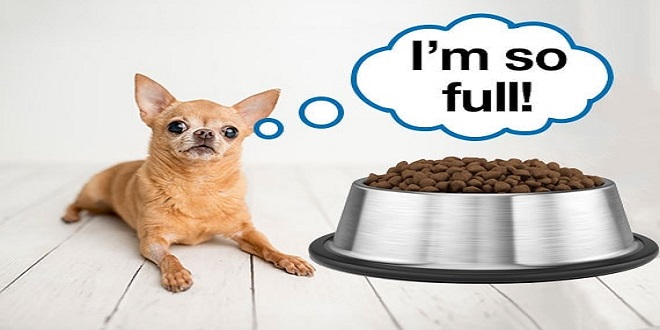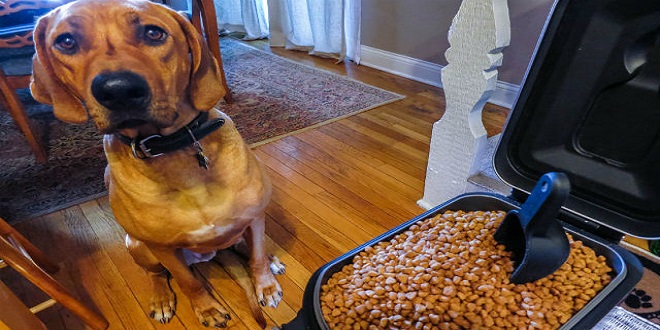What Goes Into Making Jelly Cat Food?

When it comes to choosing the best diet for your feline friend, jelly cat food often stands out as a popular option. With its enticing texture and delicious taste, it’s no wonder that many cats find it irresistible. But have you ever wondered what goes into making jelly cat food? Understanding its composition can help you make informed decisions about your pet’s diet and overall health.
The Basics of Jelly Cat Food
Jelly cat food is essentially a type of wet food designed to be both appetising and nutritious. The “jelly” part refers to the gel-like substance that surrounds the meat or fish, providing a moist and flavoursome experience. This texture can be particularly appealing to cats who might be less interested in dry kibble or who have dental issues that make chewing harder foods difficult.
Ingredients: What’s Inside?
- Meat and Fish: The primary component of jelly cat food is typically high-quality meat or fish. This can include chicken, beef, lamb, tuna, or salmon. These proteins are essential for your cat’s health, contributing to muscle development, energy levels, and overall vitality. Many brands use specific cuts of meat to ensure that your cat is receiving a high-quality protein source.
- Jelly Base: The jelly itself is created from a combination of water and thickening agents. Commonly used thickening agents include gelatin and agar-agar. Gelatin is derived from animal collagen, which is boiled down to form a gel-like substance. Agar-agar, on the other hand, is a plant-based alternative made from seaweed. These ingredients are both safe for cats and help to create the appealing texture of the food.
- Vitamins and Minerals: To ensure that your cat’s nutritional needs are met, jelly cat food is fortified with a variety of vitamins and minerals. These can include Vitamin A for eye health, Vitamin D for bone strength, and essential minerals like calcium and phosphorus. Each of these nutrients plays a crucial role in maintaining your cat’s overall health and well-being.
- Preservatives and Flavourings: To keep the food fresh and appetising, manufacturers may add preservatives. These are carefully selected to ensure they are safe for pets. Natural preservatives, such as tocopherols (Vitamin E), are commonly used. Additionally, flavourings may be included to enhance the taste and ensure the food is as appealing as possible to your cat’s palate.
How is Jelly Cat Food Made?
The production of jelly cat food involves several key steps to ensure that the final product is both nutritious and safe for your pet.
- Ingredient Sourcing: High-quality ingredients are sourced from reliable suppliers. This ensures that the meat, fish, and other components meet safety and quality standards.
- Cooking and Mixing: The meat or fish is cooked to make it safe and digestible for cats. This is usually done through a process of steaming or boiling. After cooking, the meat is mixed with other ingredients, including the jelly base and nutritional supplements.
- Forming the Jelly: The jelly base is prepared separately. This involves dissolving the thickening agents in water and heating the mixture until it reaches the desired consistency. Once ready, it’s combined with the meat mixture to form the final product.
- Packaging and Sterilisation: After mixing, the cat food is packaged into cans or pouches. The packaging process is carried out in a sterile environment to prevent contamination. The sealed packages are then sterilised through heat treatment to ensure that the food is safe for consumption and has a long shelf life.
Choosing the Right Jelly Cat Food
When selecting jelly cat food for your feline companion, it’s important to consider several factors:
- Nutritional Balance: Check the label for a balanced mix of proteins, fats, and carbohydrates. A good jelly cat food should provide complete and balanced nutrition suitable for your cat’s age and health status.
- Ingredient Quality: Look for foods that list high-quality meat or fish as the primary ingredient. Avoid options that use vague terms like “meat derivatives” or contain a lot of fillers and artificial additives.
- Brand Reputation: Opt for brands with a good reputation for quality and safety. Reading reviews and seeking recommendations from your vet can help guide you in the right direction.
Jelly cat food can be a tasty and nutritious option for your feline friend, offering a moist and satisfying texture that many cats love. By understanding the ingredients and production process, you can make more informed choices about the food you offer your pet. Always remember to consult with your vet when changing your cat’s diet to ensure their specific needs are met. With the right choice, your cat can enjoy the benefits of a well-balanced diet, keeping them happy and healthy for years to come.


